Bacterial Contamination in Cooling LubricantsDetecting and Preventing Bacteria and Fungi in Coolants
Identify harmful mold or microorganisms such as bacteria in cooling lubricants and take appropriate action.
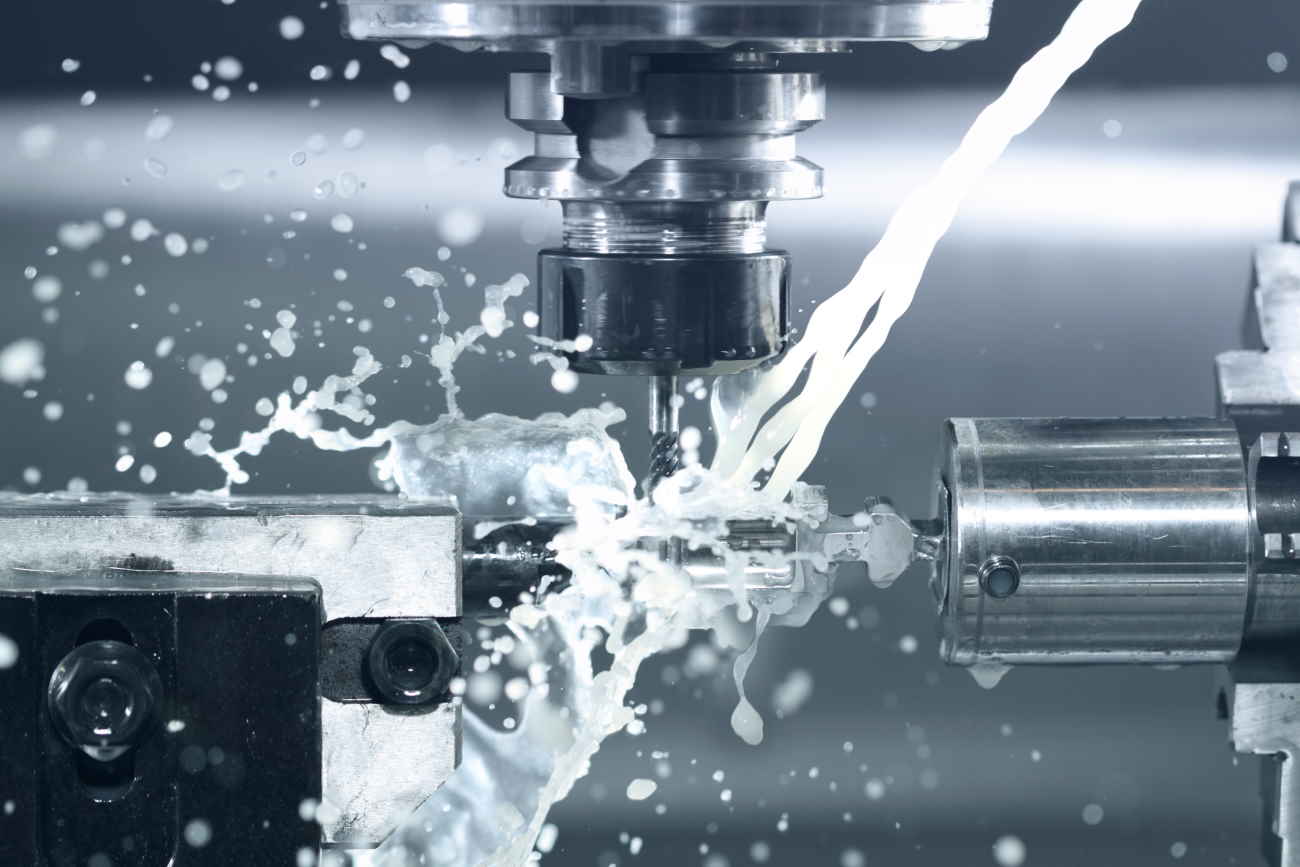
Contents
- Why are contaminated cooling lubricants so dangerous?
- How can you detect bacterial contamination in coolants?
- Odor:
- Color change:
- Foam formation:
- Nitrate:
- When in doubt: lab analysis
- Causes of bacterial contamination in cooling lubricants
- Summary of the main causes of coolant contamination
- How can severe bacterial and fungal infestation in coolant be prevented?
- Summary of effective methods to extend coolant service life
- Methods for significantly reducing existing microorganisms in cooling lubricants:
- Thermal disinfection
- Disinfection using biocides
- What needs to be done?
- Preventive measures for clean coolant from FRIESS
- Conclusion:
Why are contaminated cooling lubricants so dangerous?
The purity of cooling lubricants is not only essential for producing flawless, high-quality precision components, but also plays a key role in minimizing health risks associated with contaminated lubricants. Skin and respiratory illnesses, as well as allergic reactions, are common consequences of exposure to lubricants contaminated with bacteria and fungi.
Up to 50 components may be required to give coolant its specific properties, which are vital for achieving the highest precision in metalworking. Contamination typically involves a mixed flora of various bacteria and mold species.
As a result of bacterial contamination, harmful metabolic byproducts produced by mold and bacteria can react with the original components of the coolant to form new substances—some of which may be carcinogenic. Proper handling to maintain the quality of the cooling lubricant is therefore essential. Regular testing and documentation are mandatory to protect operators.
Learn more in the linked article about how to test cooling lubricants to minimize health risks, ensure consistent workpiece quality, and meet legal requirements:
Metalworking Fluids: Safety and Health Best Practices Manual:
https://www.osha.gov/metalworking-fluids/health-effects
How can you detect bacterial contamination in coolants?
In addition to the mandatory testing methods (as specified in TRGS 611), which primarily focus on physical parameters such as pH value, nitrite content, water hardness, and heavy metals, bacterial contamination caused by bacteria and fungi can often be identified without measuring instruments. The following signs may indicate severe contamination of the coolant:
- Strong odor
- Color change
- Foam formation
Physical measurement that indicates contamination:
- Nitrate level above the original value (caused by the breakdown of organic components by bacteria)
Foam formation:
Foaming can be a sign of reactive processes triggered by metabolic byproducts from bacteria or fungi. This is especially concerning if foaming did not previously occur, suggesting increased bacterial activity.
Nitrate:
If the nitrate level in used coolant exceeds the value of freshly prepared coolant, this may also indicate bacterial contamination and an associated organic load. In the nitrogen cycle, nitrate is formed through bacterial breakdown of nitrogen-containing organic compounds. A nitrate level higher than the original value is a potential sign of bacterial presence.
Bacterial contamination of cooling lubricants is often promoted by poor circulation, which is essential for adequate oxygen saturation, and by insufficient treatment during reuse. An oil film on the surface of the coolant prevents oxygen exchange and encourages the growth of anaerobic (oxygen-free) bacterial strains. These bacteria can metabolize the coolant’s components, leading to a toxic change in its composition.
Cooling lubricants can also “go bad” due to the introduction of organic substances—especially when the treatment system (coolant filtration unit) is unable to sufficiently remove or neutralize these contaminants.
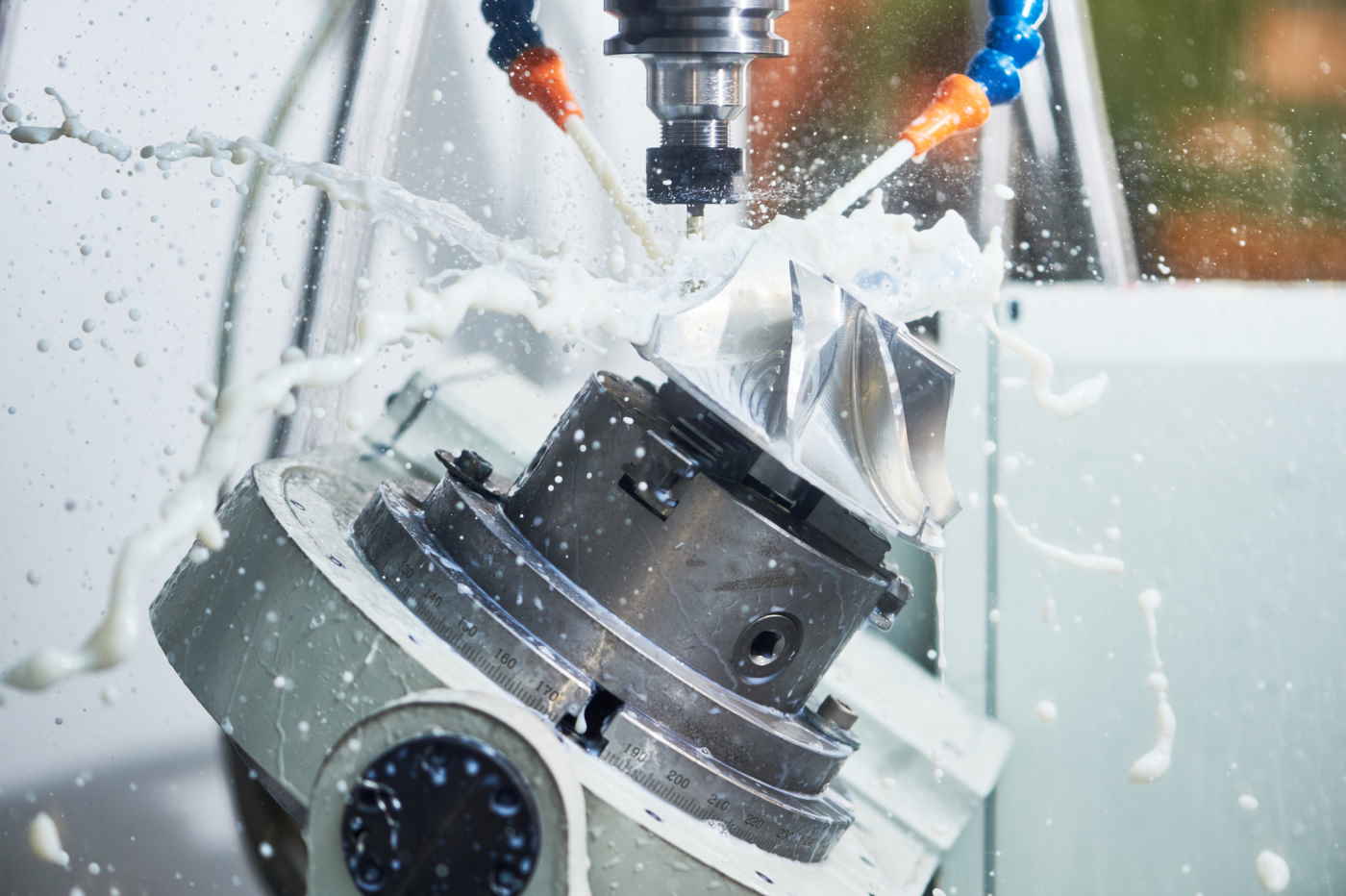
- Lack of oxygen exchange due to oil film in the coolant tank
- Insufficient oxygen supply caused by inadequate circulation of the coolant
- Excessive input of organic contaminants
- Poor coolant treatment or filtration
- Improper handling of cooling lubricants
How can severe bacterial and fungal infestation in coolant be prevented?
Effective, continuous treatment of cooling lubricants is essential for removing unwanted contaminants. Maintaining an oil-free surface (using FRIESS oil skimmers and oil separators) is of particular importance to ensure proper oxygen exchange and to deprive anaerobic microorganisms of the conditions they need to thrive. Adequate oxygen supply can also be achieved through appropriate filtration methods, which promote movement within the coolant.
Filtration is also crucial because particles provide a large surface area for bacteria and fungi to settle on. The cleaner the coolant, the less habitat is available for bacterial growth.
- Keep surfaces oil-free to allow for oxygen exchange (oil skimmers)
- Ensure good circulation and oxygen saturation through filtration
- Filter out metal particles (magnetic filters)
By continuously monitoring and documenting physical parameters and observing changes in odor or appearance, deviations can be detected early. This enables timely intervention using appropriate measures.
Thermal disinfection
By strongly heating the coolant (emulsion or cutting fluid) to approximately 65 °C, fungi and bacteria can be killed through thermo-oxidation. The advantage of this method is that it does not require the use of biocides or other foreign substances, which could pose additional health risks. Thermal disinfection can significantly reduce bacterial load and serve as an environmentally friendly and sustainable supplement to coolant filtration.
However, a disadvantage of this method is the high energy consumption. Depending on the volume of coolant, this can result in considerable costs.
Disinfection using biocides
Biocides specifically used to kill bacteria are called bactericides, while those targeting fungi are called fungicides. Under the european CLP Regulation, biocides are classified as hazardous substances and must be handled in accordance with strict regulations. Biocides used for disinfecting coolant can cause skin inflammation, rashes, allergies, and irritation of the eyes and mucous membranes. Whether using biocides is a sensible option should be carefully considered, especially when alternatives are available.
Coolants that have already deteriorated (“gone bad”) typically cannot be restored through disinfection, as bacterial metabolism may have altered the original composition of the coolant, rendering it unusable. In such cases, a complete replacement is usually necessary. In addition, the root causes of the bacterial or fungal contamination should be identified and eliminated.
It is essential to thoroughly clean and flush all system components before introducing fresh coolant. This prevents cross-contamination from residual contaminated fluid and reduces the risk of renewed bacterial growth.
Conclusion:
The continuous monitoring, documentation, and maintenance of cooling lubricants is essential not only for ensuring the quality of the workpieces but also plays a major role in protecting the health of metalworking professionals in industrial manufacturing environments. Effective coolant maintenance typically extends service life to such an extent that investments pay off quickly and lead to significant long-term savings.
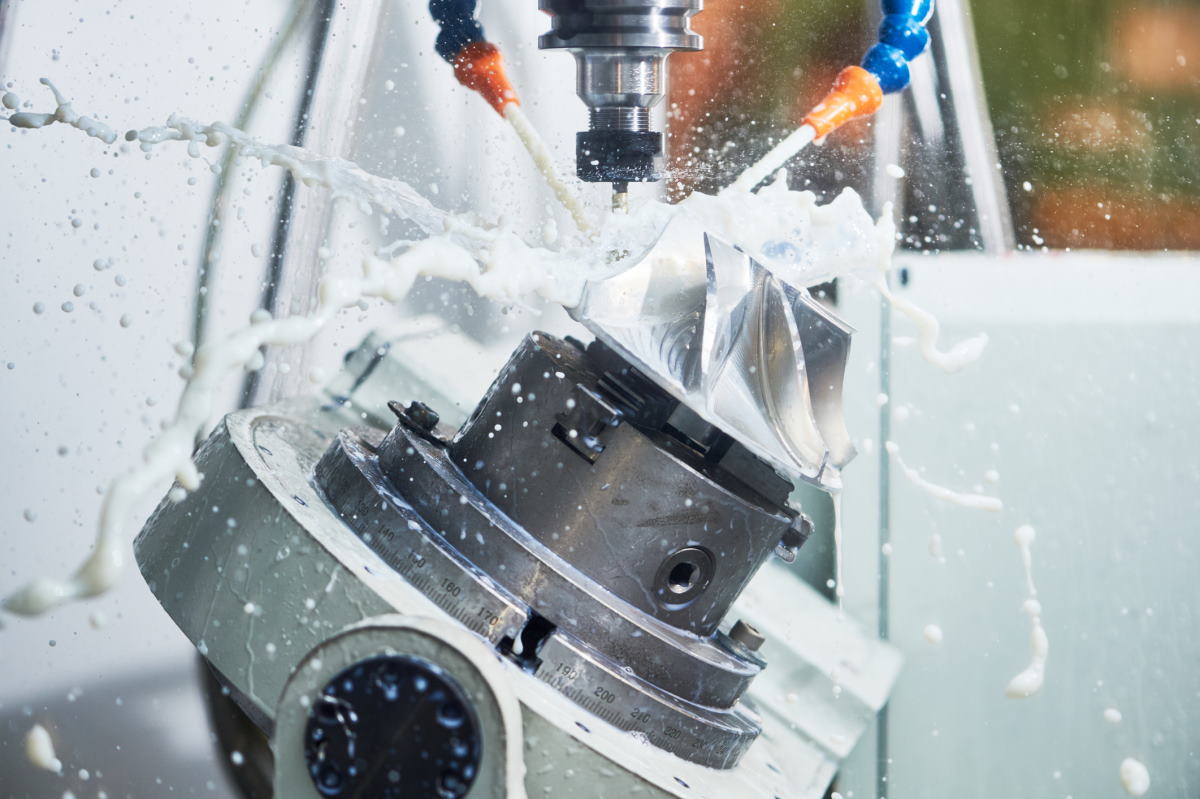
There are many names for cooling lubricants. Coolant and metalworking fluid are frequently used terms. In everyday language, terms like cutting oil or cutting fluid are
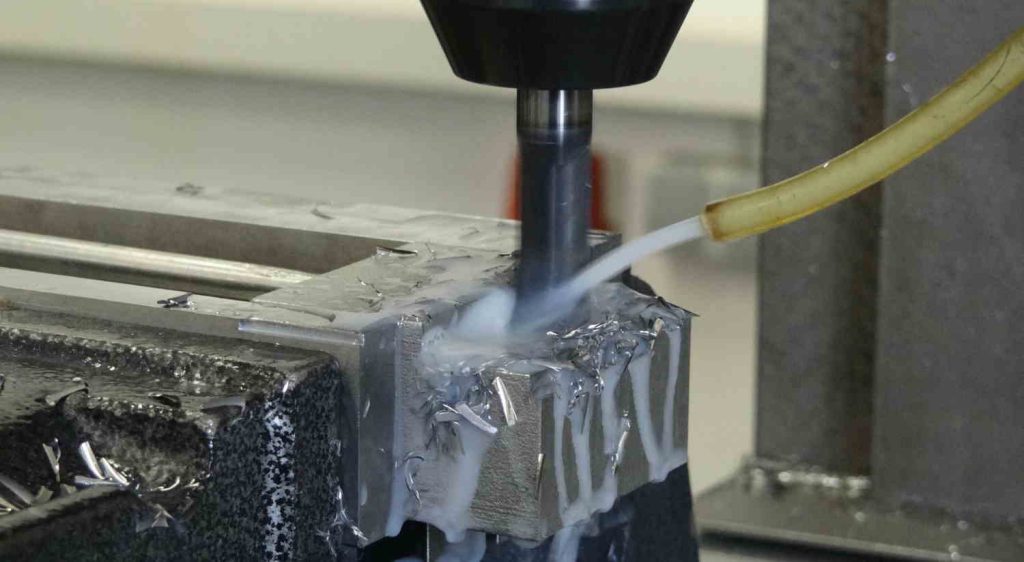
Learn about the regulations and methods that must be followed when handling cooling lubricants.

Application: Machining of large stainless steel parts for marine and pump apllications.
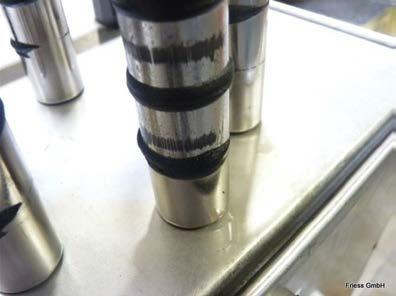
A manufacturer of automotive components uses different grinding machines in order to grind parts for steering systems.
